The fight against inflammation is a war both the traditional medical and holistic communities are battling. Both know the importance of keeping inflamed tissues under control. The difference, however, is often in their approach. The traditional medical community battles inflammation with steroids and synthetic pharmaceuticals, often in a crisis situation like post-operative, contact dermatitis or in severe arthritic conditions. While these treatments are often necessary to support the body in certain situations, long term use of these chemical anti-inflammatory substances in the long run, may put a heavy burden on the body. While natural elements can be helpful in decreasing inflammation in the body, they are not a substitute for medical care. If you have a serious or chronic health condition, see a doctor.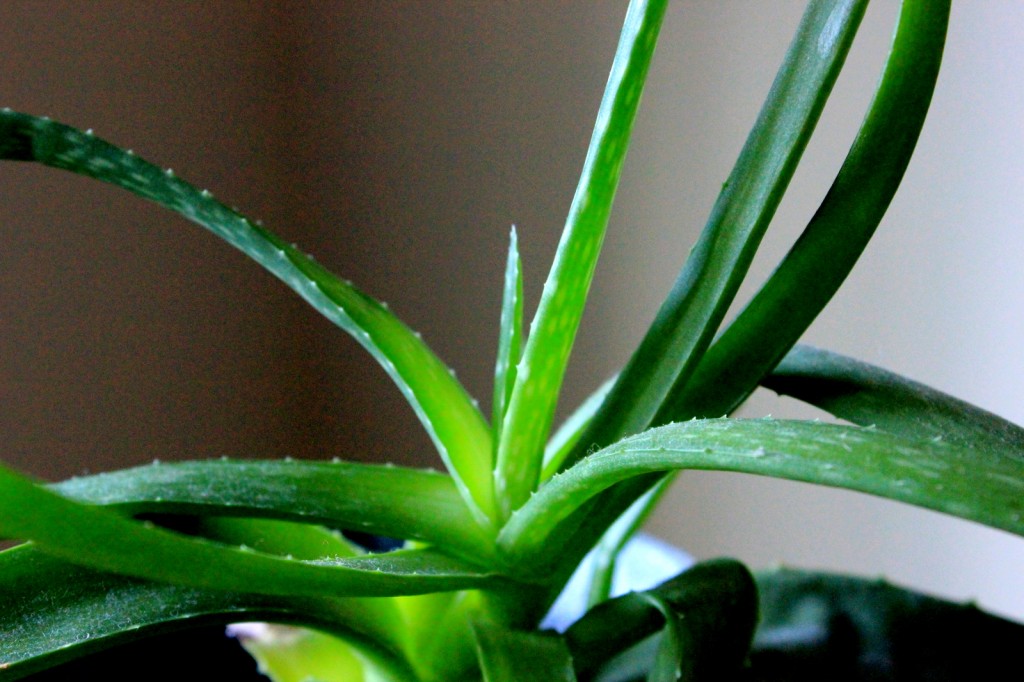
Aloe vera has been used for centuries for in home-treatment of skin conditions, dermatitis, sunburn and as an anti-aging ingredient dating back to Ancient Greece and Egypt. It’s been known by many cultures to be cooling and soothing to the body. The plant origin is thought to be Africa where it thrives in a tropical, desert climate. There are even studies linking effective treatment of AIDS with Aloe barbadensis.
If you like to read research studies, keep in mind that often specific brand names of “aloe” are not listed in a study, and not all aloe vera gel is created equal. The type of aloe vera used could have a huge impact on a research study, the results could be greatly swayed if a chemical & preservative filled version was used that had lost much of it’s “healing potential” from the original plant material. 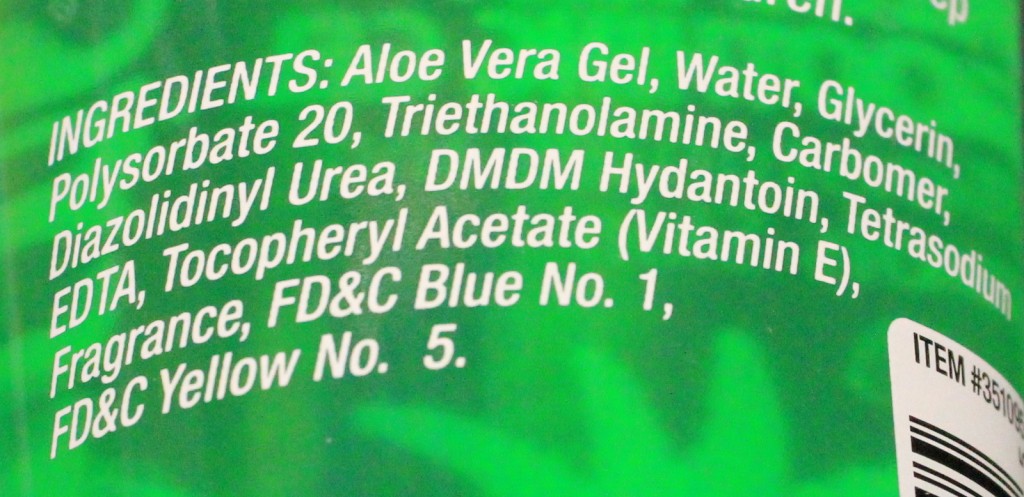
Recent studies opposed to “aloe vera gel” did not indicate brand or concentration of aloe vera (which could essentially be the green or orange “aloe vera gel” you find at any supermarket, this is NOT the Aloe Vera this article is referring to. These types of “aloe vera” products may have some placebo effect, but the addition of colorings and preservatives is not much different from creating a fruity cocktail of sugar, colors and 5% juice and calling it “natural juice”). 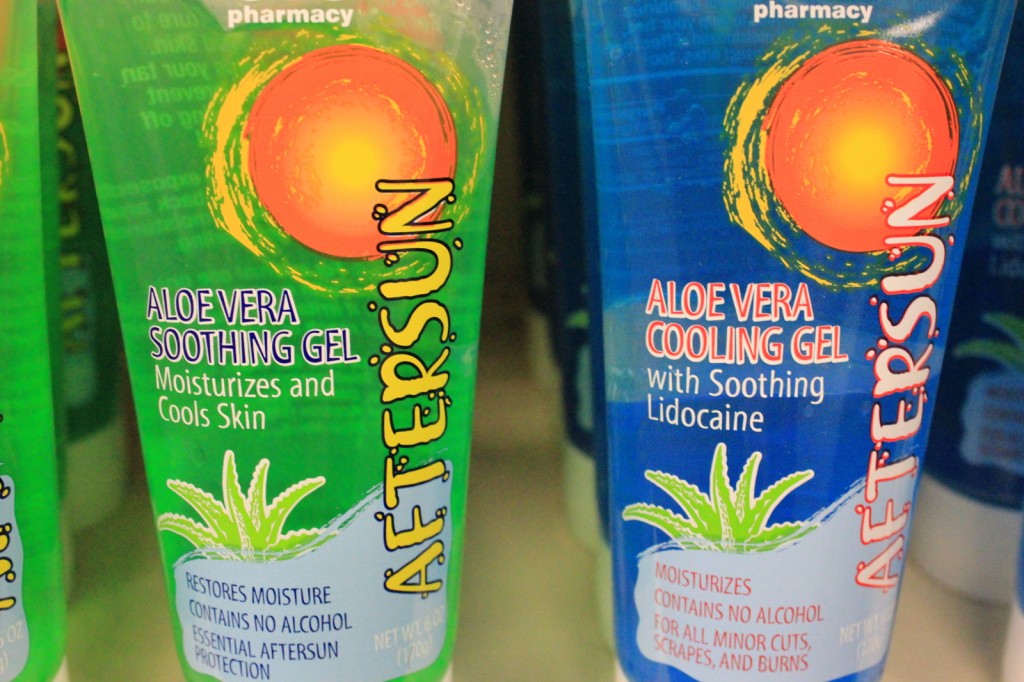
If you are using Aloe Vera to support healthy skin or body, use only the highest quality. For skin, my favorite is Aubrey’s Aloe Vera. It only contains aloe vera, grapefruit extract, guar gum and vitamin E to preserve it. Aubrey even recommends refrigerating it after opening to keep it fresh. I use this aloe as a toner after washing my face. On hot summer days, I don’t even put on a moisturizer because this soothes and softens my skin enough. I combine a teaspoon of aloe vera with a drop of lavender essential oil to cool sunburns and heat rash.
Aloe has been studied for use in contact dermatitis which is occurring more often with chemical creams and lotions. Keep in mind that many of the causes of allergic reaction are often connected with the ingredients.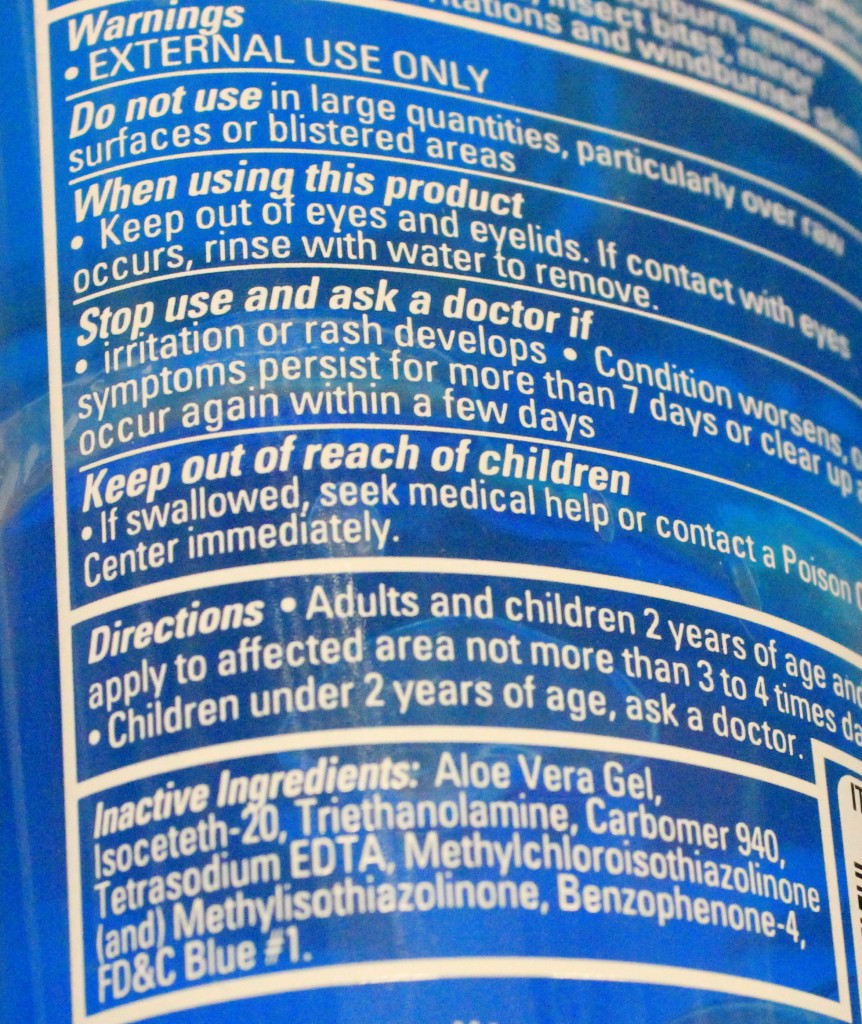
Some of the most common skin reactions may occur from these ingredients:
- Lanolin (wool)
- Wheat germ oil (gluten)
- Parabens (hormone disrupting agents)
- Synthetic preservatives (methylchloroisothiazonlinone)
The FDA has approved aloe vera as a food flavoring, just make sure you use one that is meant for consumption. Aloe vera can be taken as a supplement, it’s internal use has even been studied in treating AIDS. Since aloe may act as a laxative, read your package instructions and follow the advice of your holistic practitioner. The green outer skin of the plant is what has the laxative effect (This is aloe latex, which can be broken down further into components of aloin, aloe-emodin and barbaloin ) These elements of aloe are powerful and at one time were regulated by the FDA in laxative products. The aloe latex is also what makes the juice bitter.
Many aloe juices remove the aloe latex so it’s not bitter and you don’t get a laxative effect. We drink George’s Aloe, it’s been around since 1979. I figure they must be doing things right if they’ve been in business over 30 years. George’s Aloe doesn’t contain any preservatives either, just 100% aloe juice. Read your labels and be certain about what you are purchasing and consuming. I am not a medical doctor, but I have personally used aloe vera juice internally to calm cramping from IBS . Talk with your doctor or holistic practitioner if you have a medical condition that might be helped from drinking aloe juice.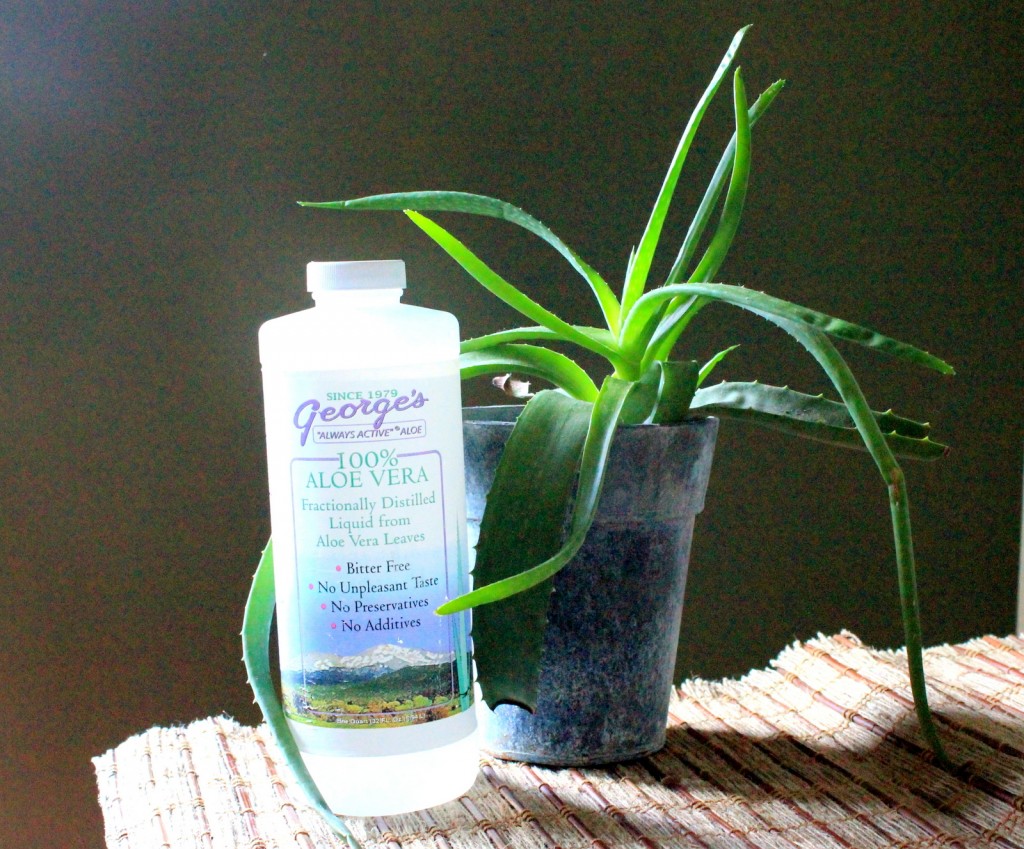
Being healthy doesn’t have to be complicated, aloe can keep your body cool from the inside out. Aloe plants are easy to grow and often thrive on neglect- little water and moderate sunlight. If you want the purest form of aloe, grow your own and break open a leaf when you’d like, apply some to your skin to cool and soothe dry or irritated areas without chemicals.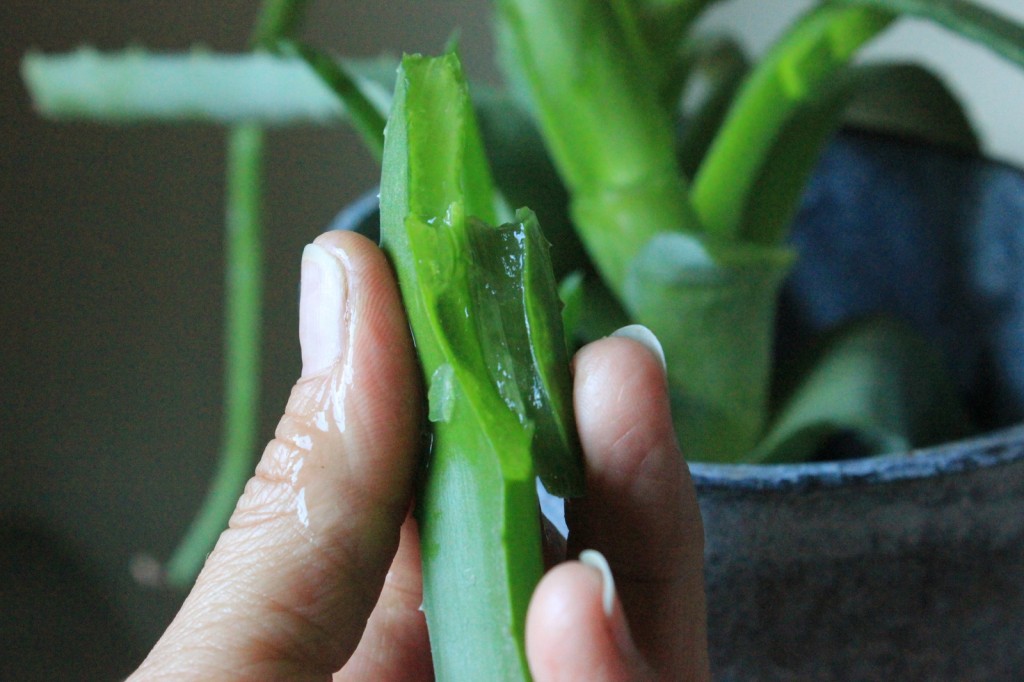
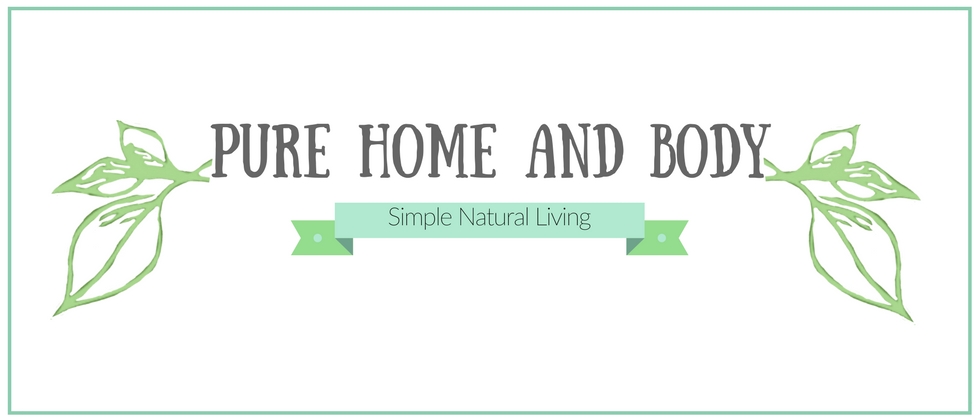












Hi. Is Aloe a good alternative to dermatologist who prescribe steroids for excema?
Yes, Debbie. Aloe vera can be very soothing to dry, scratchy skin affected by eczema. Make sure you use a pure aloe, not the suncare aloes that have chemical additives. Pure aloe actually helps to support the skin’s health and lessen inflammation.